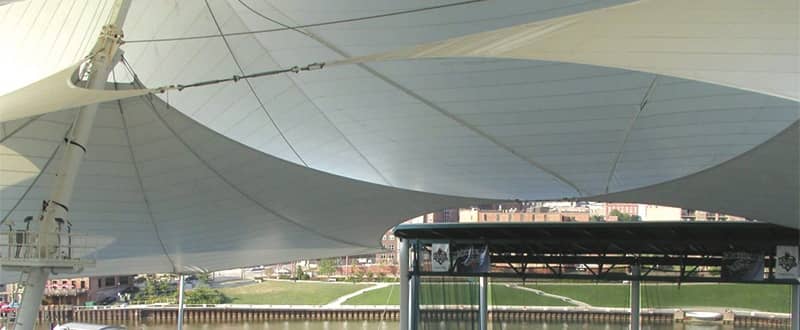 The American Society of Civil Engineers (ASCE) has again made crucial revisions to the ASCE 7 standard, "Minimum Design Loads and Associated Criteria for Buildings and Other Structures,” which provides requirements for general structural design. The revised standard is expected to become a primary reference that informs the 2018 International Building Code (IBC), specifically with relation to design that accommodates structural loads and seismic provisions.
The American Society of Civil Engineers (ASCE) has again made crucial revisions to the ASCE 7 standard, "Minimum Design Loads and Associated Criteria for Buildings and Other Structures,” which provides requirements for general structural design. The revised standard is expected to become a primary reference that informs the 2018 International Building Code (IBC), specifically with relation to design that accommodates structural loads and seismic provisions.
The standard contains extended guidelines, limits, descriptions and rationales for increasing structural integrity to better handle maximum live loads, tsunamis, snow, seismic events, extreme winds and fire. It not only details the new guidelines but provides in-depth rationales for the creation of each amendment.
ASCE 7-16 will ultimately become law within a city, county or state when that legal entity adopts 2018 IBC into their recognized building codes.
Summary of Changes
The new standard contains specific requirements for:
- Strength and thickness
- Performance-based design
- Serviceability
- General structural integrity
- Scour and erosions implications
- Drainage and ponding instability
Atmospheric Ice: Design procedures have been developed to manage the considerations for ice loads.
Earthquakes: Chapters about earthquakes now contain requirements for analysis and configuration directives; they also prohibit some structural systems and methods in an effort to improve strength during seismic stress.
Tsunamis: Triggered by the unfortunate tsunami events in Japan, Indonesia and Samoa, engineers added a new chapter to highlight tsunami load capability standards (that are separate but connected to the flood loads criteria of the previous version of ASCE 7). The guidelines speak to hydrostatic and hydrodynamic forces, debris accumulations, impact loads, scour effects and impact loads.
Snow: Western state snow maps are now included, along with snow tables for major cities.
Seismic: For the performance-based seismic design of tall buildings, the Tall Buildings Initiative “Guidelines for Performance-Based Seismic Design of Tall Buildings” is now the recognized authority in ASCE 7-16.
Wind: New wind speed maps are now included.
Technical Changes and Features
ASCE 7-16 also provides tools for engineers to be compliant with the new requirements outlined. These include:
- New seismic maps that reflect new data from national seismic hazard maps, particularly in the area around Las Vegas
- Wind speed maps that clarify special wind speed study zones
- Updated regional snow data
- Updated rain duration information that aligns with the International Plumbing Code (IPC) provisions for drainage
- Requirements for fire performance design
- Tsunami design regulations for the West Coast of the United States, Hawaii and Alaska
Potential Cost Impact of ASCE 7-16
The intent of these amendments and added requirements is to ensure the safety and integrity of each building and all occupants. ASCE 7-16 is intended to update requirements to meet the realities caused by global changes in weather and its potential threat to buildings. Some of these demands may add to the cost and some may not. The extent of required material or design adjustments may depend on the location and purpose of the structure.
The Importance of Understanding ASCE 7-16
To avoid violations and costly errors, a clear understanding of all updates included in ASCE 7-16 is important since the cumulative effect of these can have a significant impact on a design. In addition to the recent revisions applied to ASCE 7, The American Society of Civil Engineers Tension Membrane Committee has also recently revised ASCE 55-10, the organization’s primary set of guidelines for designing a wide variety of tensioned fabric structures. Learn more about the latest revisions applied to ASCE 55-10.
What are your thoughts on the new revisions to the ASCE 7 standard? Tell us about them in the comments!


